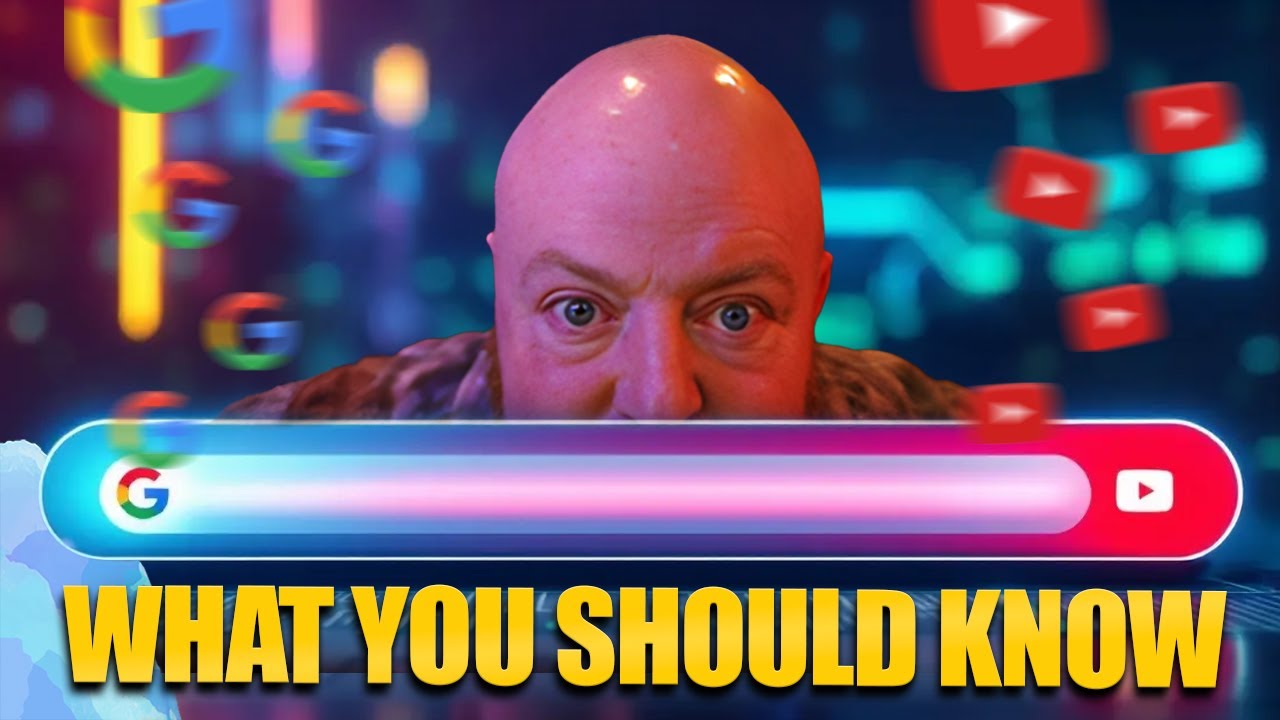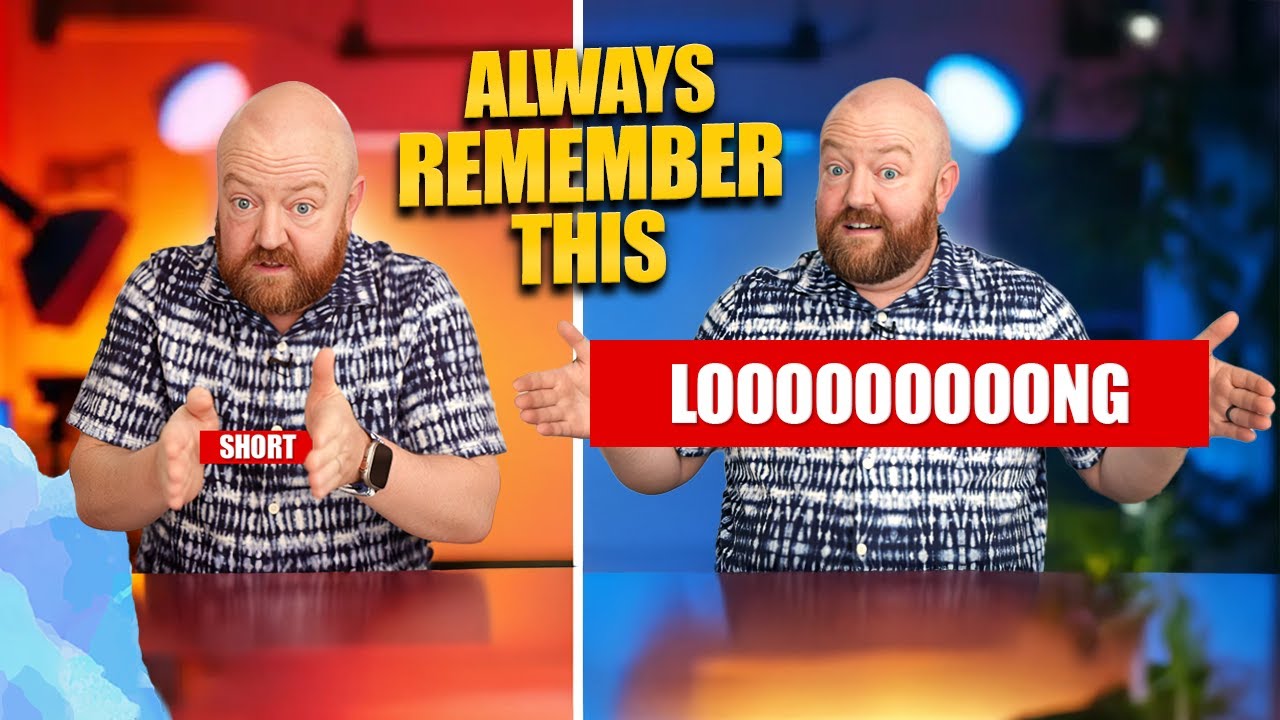In today’s guide, we’re diving into a strategy that’s proven to increase organic views on YouTube. If you’re feeling frustrated with SEO tools that don’t seem to deliver, you’re in the right place. Together, we’ll log into YouTube analytics, examine what’s working across multiple channels, and I’ll introduce a strategy I’ve successfully implemented across 50+ channels to drive organic growth.
Ready to take your YouTube channel to the next level? Let’s get started.
Why YouTube Analytics is Key to Understanding Organic Growth
First, let’s take a look at some real examples. Meet Paul Jenkins from Live On Purpose TV. Paul is a positivity psychologist and parenting expert, and his YouTube channel has a large following. By looking behind the scenes in his analytics, we’re able to identify what’s driving traffic to his videos. In the “Advanced Mode” of YouTube Analytics, we see that YouTube Search is his top traffic source, followed by Suggested Videos and Browse.
Similarly, I work with Noelle Randall, a real estate investing expert. Her analytics tell the same story: YouTube Search is her top traffic source, with over 84,000 views in the last 28 days. This shows us a pattern across successful channels: search-driven traffic can bring in substantial organic views.
But what’s interesting here is that this strategy isn’t just effective on YouTube. It also works on Google. I’ll show you how.
Reaching the Top on Google Search with YouTube Content
Let’s take a look at Chad Littlefield’s channel. In his analytics, External is the top traffic source, with Google search at the top. Adding Google views to YouTube views, Chad is generating around 23,000 views purely from search alone.
This cross-platform reach illustrates the power of optimized YouTube content—it not only performs well on YouTube but can rank highly on Google, too. So how do you replicate this success? I’ll break it down for you with the Leaf Strategy.
The Leaf Strategy: Building a Content Roadmap
The Leaf Strategy is all about creating focused, searchable content. Think of it as a “branch and leaf” system where each branch represents a topic or theme, and each leaf is a specific question or keyword phrase within that theme. By systematically answering questions along each branch, you’re setting yourself up to rank across a broad range of targeted searches.
For example, with Noelle Randall’s real estate investing channel, we identified two branches:
- Real Estate Investor Find
- Real Estate Investor Become
Under each branch, we identified specific questions (leaf titles) that her audience was likely searching for. By categorizing content this way, Noelle could identify the questions most relevant to her target audience and rank consistently within that area. For example, her target audience was less interested in “find” and more engaged with “become”—so we focused our efforts on this branch.
After targeting her “become” branch questions, her rankings improved dramatically. Tracking her rankings over a few months, she went from minimal visibility to dominating the search results for her target topics.
Breaking Down Traditional SEO Tool Limitations
Now, if you’ve relied on popular SEO tools like VidIQ or TubeBuddy, you might be wondering why they don’t always align with your video’s real performance. These tools assign SEO scores, but many top-ranking videos score low in these tools. For instance, Nicholeen Peck, a parenting expert I work with, ranks at the top for “how to discipline a child that lies and steals” but receives a low SEO score. This discrepancy is because these tools prioritize certain metrics that don’t necessarily affect ranking.
The takeaway? Don’t get distracted by scores. Instead, focus on content that directly addresses questions your audience is actively searching for.
The Key to YouTube SEO: Start with the Title
One common mistake is creating a video first, then coming up with an SEO-friendly title afterward. For optimal results, reverse the process: start with the title. Choose a question that your audience is asking, make it your title, and structure your video around answering that question. This not only boosts your chances of ranking but also aligns your content with your audience’s needs, making it more engaging and valuable.
Take Your YouTube SEO to New Heights
If you’re ready to go deeper into the Leaf Strategy, I’ve created a detailed tutorial in my episode YouTube SEO: The Leaf Strategy. In this video, I break down how to group keywords into branches, choose leaf titles, and set your videos up for ranking success. This approach is all about creating an actionable roadmap for real, measurable growth.
Forget the arbitrary scores and start focusing on results that matter. With the Leaf Strategy, you’ll have a clear, targeted way to improve your SEO and grow your audience.





